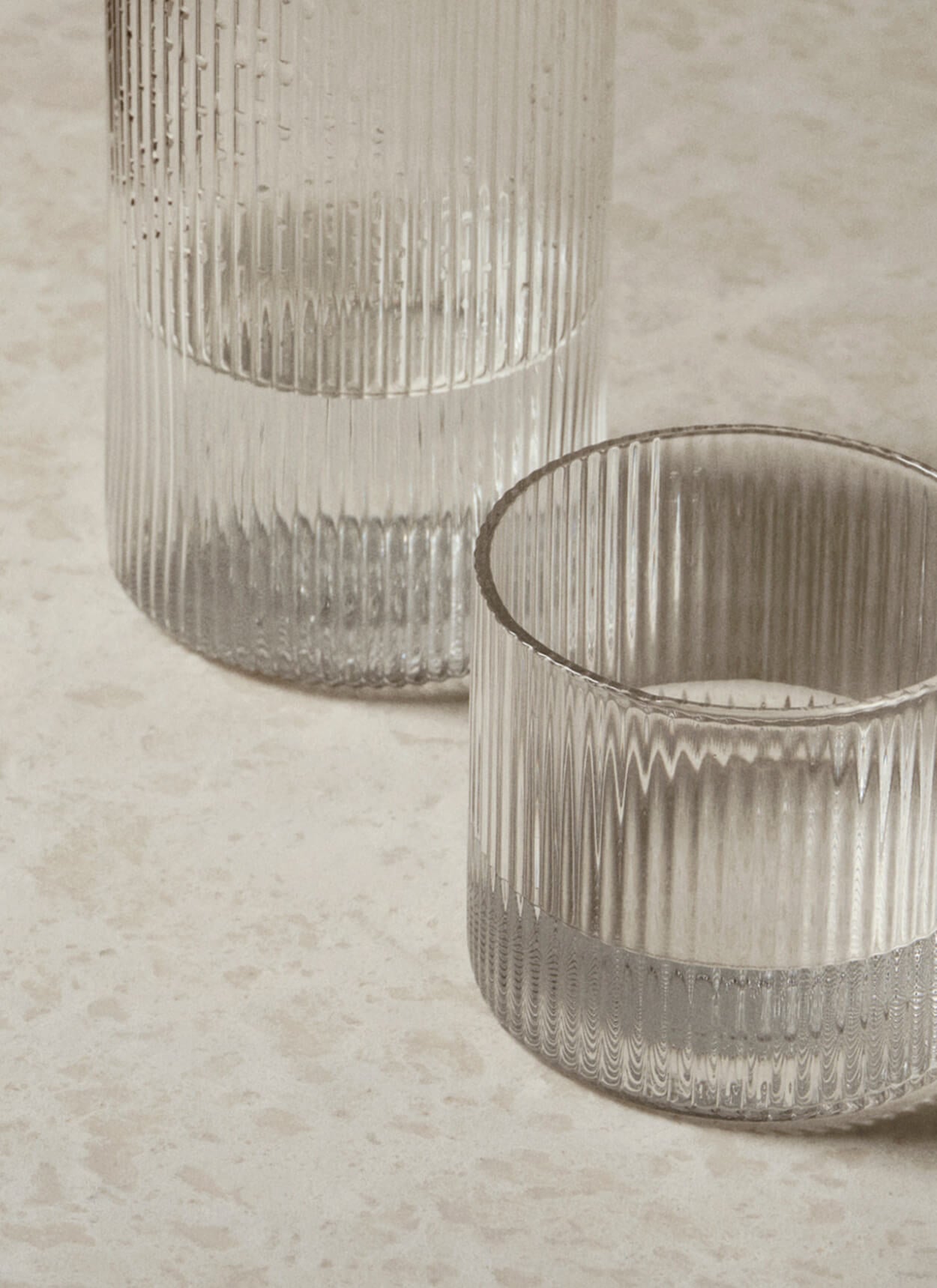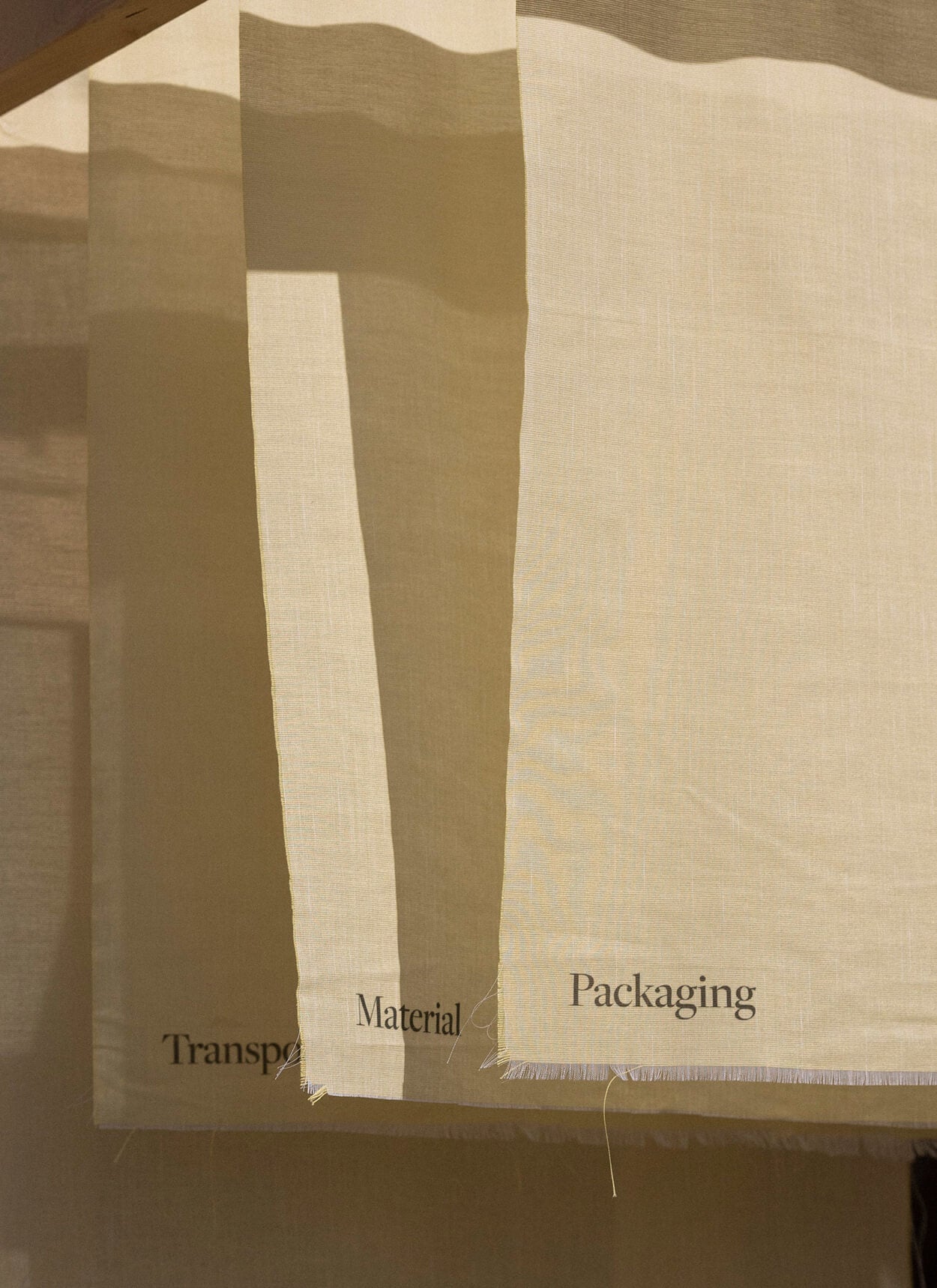
Kids
A Guide to the Kids’ Room
Create a harmonious sanctuary where your child has room to play, learn, rest and recharge at any age.
Your little one’s room is their sanctuary: a place that is just theirs, where they can be themselves away from the expectations and boundaries of the outside world. Help them to create a harmonious space where they can freely play, learn, rest and recharge – whatever age they may be.
Designing a kids' room is an exciting project, but it can also be overwhelming, especially if you don't know where to start. Whether you're a new parent preparing for your first child's arrival or you're redecorating a room for your growing kids, this guide will provide you with the essential information you need to create a functional and stylish kids' room.
Ages 0-3
Where to start?
Consider the room's layout and accessibility for you and your baby. When picking out furniture, it’s a good idea to look for pieces that can grow with your child – both in function and aesthetics. A convertible crib that can be transformed into a toddler bed ensures longevity, while long-lasting, natural materials in neutral colourways are timeless, allowing you to pass on the items to other children when your child has outgrown them – be it to siblings, cousins or family friends.
What underrated baby items often tend to get overlooked?
A comfortable nursing chair is often overlooked but can be a lifesaver during late-night feedings. A beautiful, cosy lounge chair is a timeless piece that you can keep forever – even better when it’s imbued with memories of those early days with your child.
Overrated pieces that you feel many people invest in but end up not using?
Baby-specific gadgets, such as wipe warmers or bottle sterilizers, are often overrated and not necessary. Instead, focus on investing in quality pieces that can grow with the child.
Ages 3-6
What are the essentials?
For young children, the essentials include a bed, dresser, toy storage and a comfortable reading chair. A desk or small table can also be useful for art and homework. Consider storage pieces that are fun and playful, which will help to encourage clean up as a fun task that you can share with your child.
How do I transition a toddler’s room into that of a young child?
To transition your toddler's space into a young child's room, consider repurposing furniture and decor. For example, a changing table can become a toy storage unit and many cribs can be converted into a toddler bed. By reusing items, you can save money and reduce waste.
Are there any pieces that I should consider investing in that will last in the kids’ room for a longer period of time – ones that might transition into the next phase as well?
Look for pieces that are made from high-quality, natural materials and have a timeless design that won't quickly go out of style. These materials will patinate with use and give you heirlooms that your children can pass down in the future.
Ages 6-9
What are the essentials?
For older children, the essentials include a bed, dresser, desk and bookshelf. Additional storage for toys and games can also be useful.
Now that the children are older, are there any particular adjustments to their space that parents should think about?
As children get older, they often need a space to study and do homework. A comfortable chair and a well-lit workspace can encourage focus and productivity. As kids get older and start expressing themselves and their identity more and more, you may want to consider incorporating a designated area for art and creative projects.
How can you best involve your child in the process of decorating their room?
Kids at this age can often have lots of opinions on what they like and how they want their space to look and feel. Involve them in the decoration process by asking for their input on colour choices and which pieces they are most drawn to.
Our top tips
1. Invest in pieces that can grow with your child:
Consider investing in pieces that can be converted or repurposed as your child grows. These pieces will then become heirlooms that can be shared with other children or passed down through generations.
2. Get creative:
Incorporate a space where your child can have room to be creative – whether that’s a desk and chair area for drawing and crafting or room for free, imaginative play.
3. Emphasize organization and storage solutions:
Kids (and their parents) tend to accumulate a lot of stuff, so having adequate storage solutions is essential. Fun and playful storage pieces will help to encourage clean up as a fun task that you can share with your child.



















